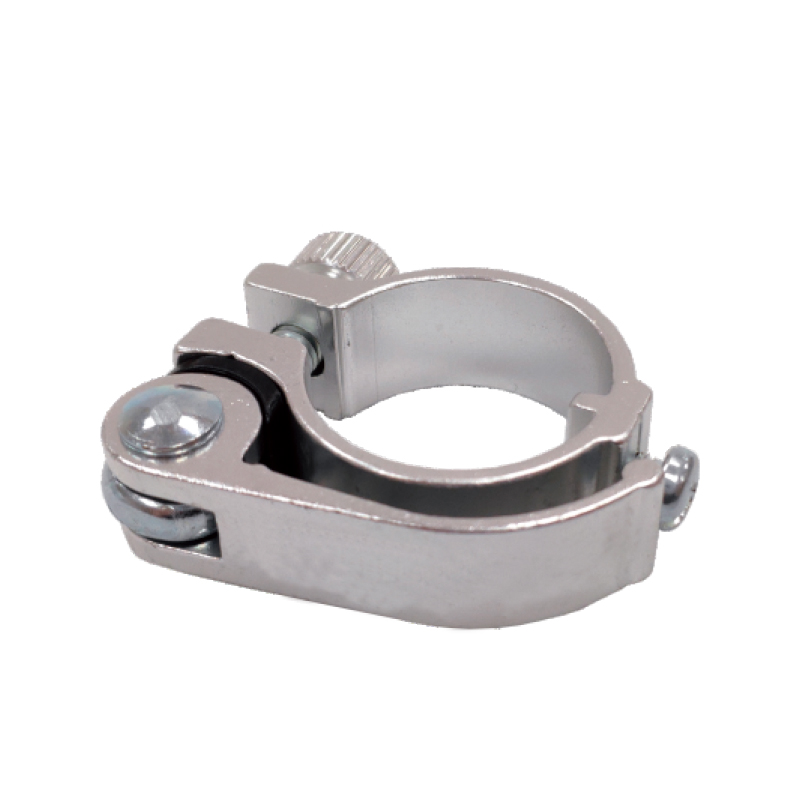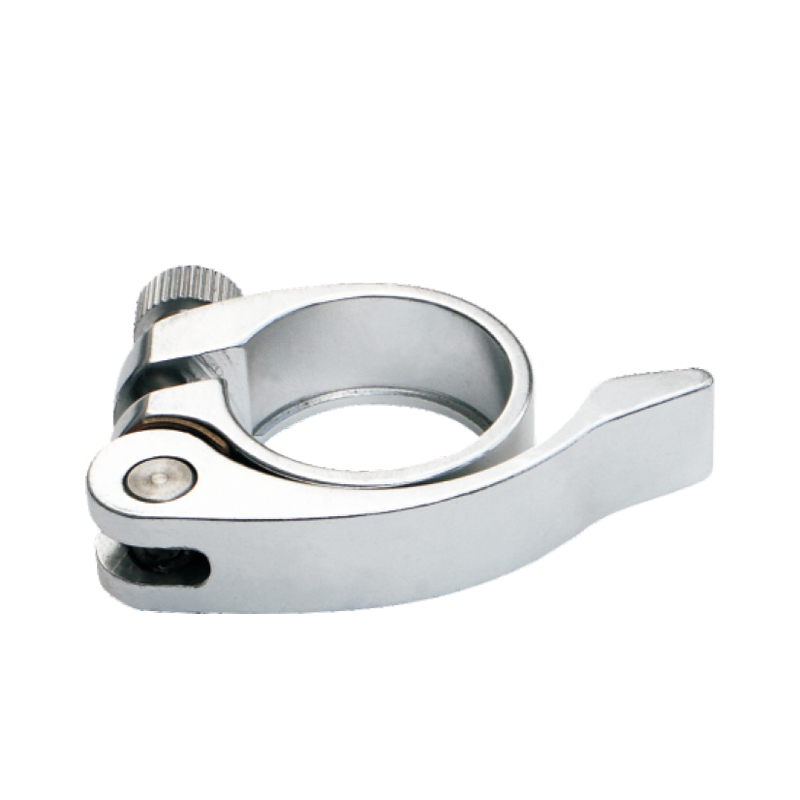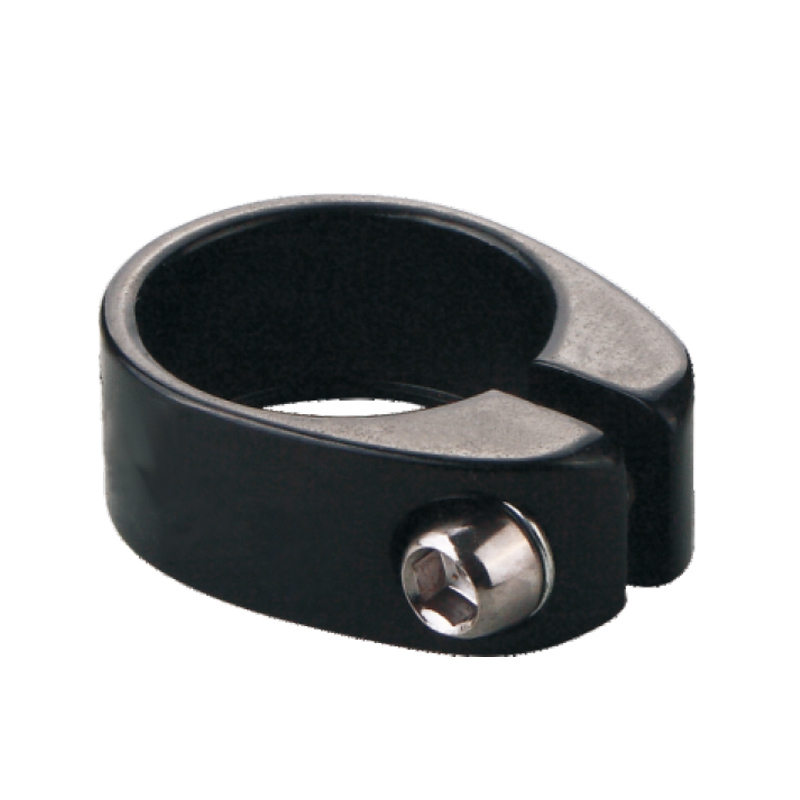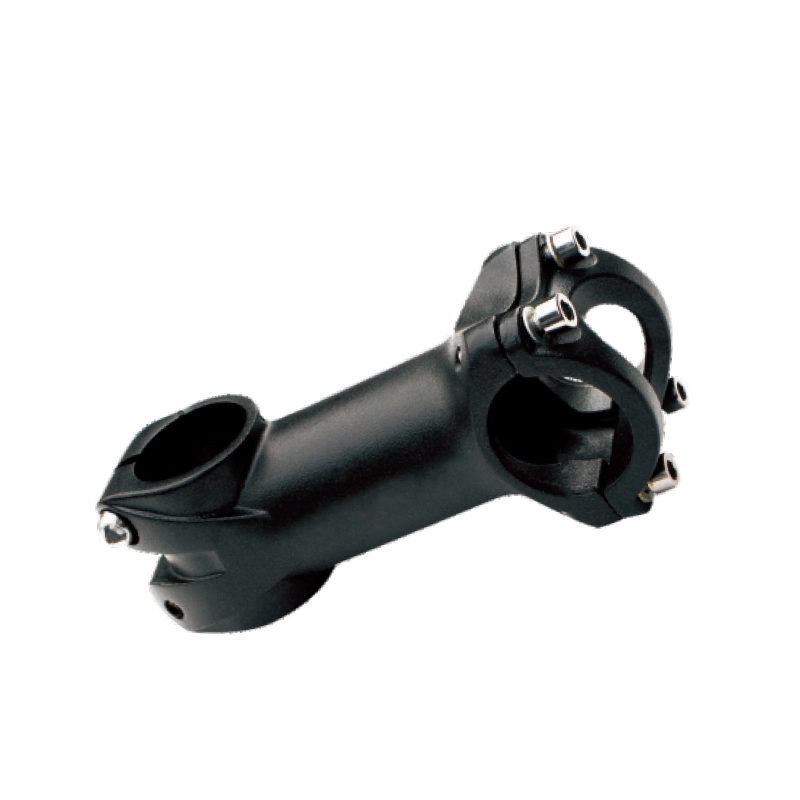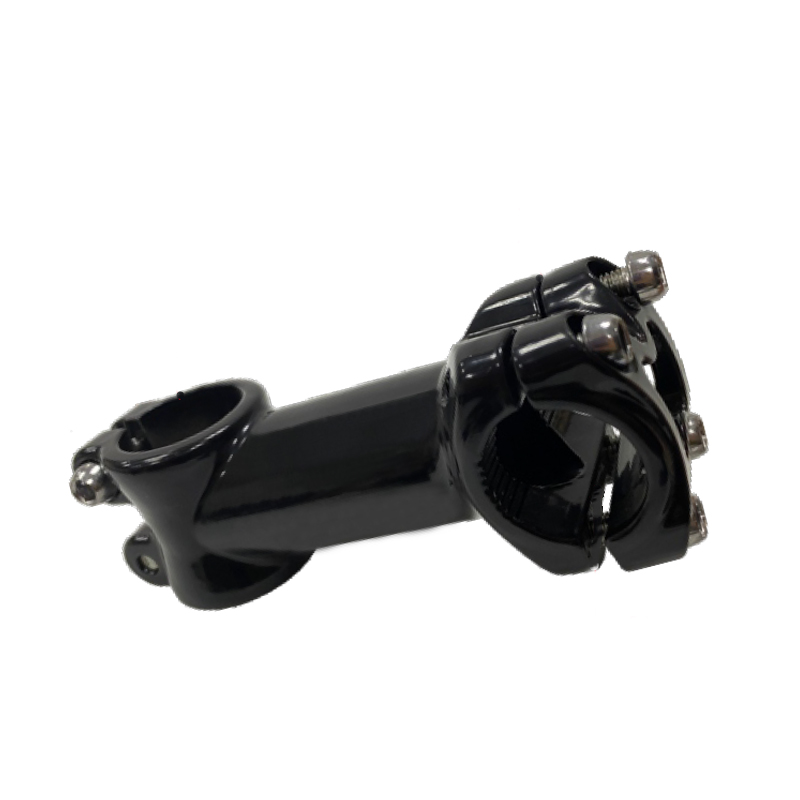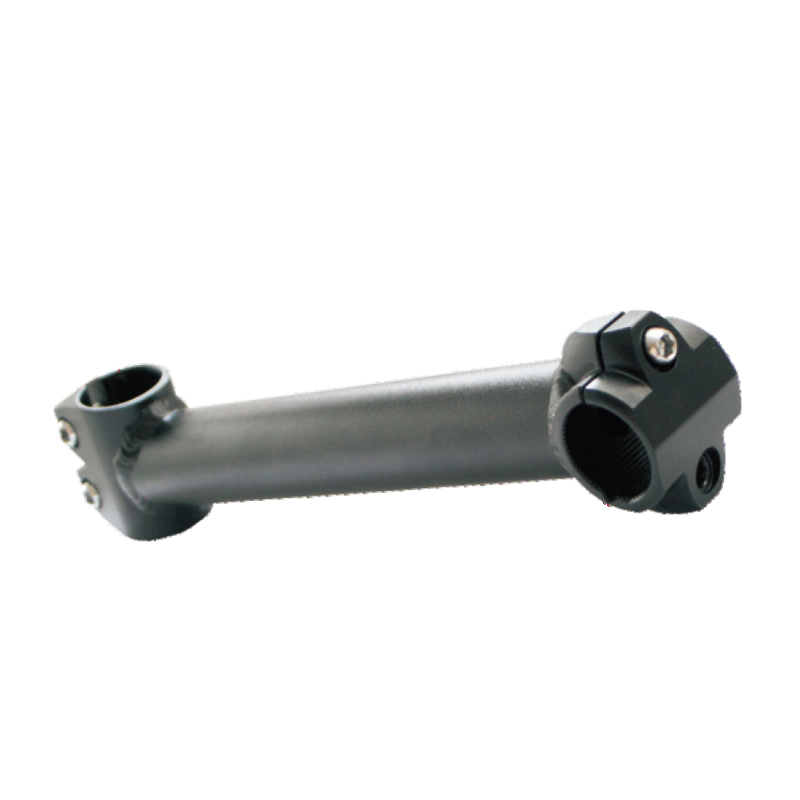When it comes to cycling, comfort and efficiency are key factors that can greatly enhance your riding experience. One crucial aspect that often gets overlooked is the proper adjustment of your bicycle seat clamp. The seat clamp not only keeps your saddle securely in place but also allows you to fine-tune its position for optimal comfort and performance.
1.Finding the Right Height: The height of your saddle plays a vital role in ensuring a comfortable and efficient pedaling motion. Start by standing next to your bicycle and positioning the saddle so that it aligns with your hip bone. Mount the bike and place your foot on the pedal in its lowest position. Your leg should be almost fully extended, with a slight bend at the knee. If your leg is fully extended or excessively bent, adjust the seat height accordingly using the seat clamp.
2.Fore-Aft Positioning: The fore-aft position of your saddle affects your riding posture and power transfer. A general rule of thumb is to align the middle of the saddle with the center of the crankset. This position helps distribute your weight evenly between the front and rear of the bike. Fine-tune the fore-aft position by sliding the saddle along the seat rails and tightening the seat clamp securely.
3.Achieving the Right Tilt: The tilt of your saddle greatly impacts your comfort and stability on the bike. While personal preferences may vary, a level saddle is often recommended for most riders. However, some individuals may find a slight tilt upwards or downwards more comfortable. Experiment with different angles and adjust the tilt of your saddle accordingly. Ensure that it feels balanced and provides proper support for your sit bones.
4.Use a Torque Wrench: When adjusting your
bicycle seat clamp, it is crucial to use a torque wrench to achieve the recommended torque specifications. Over-tightening the seat clamp can damage the seat post or frame, while insufficient tightening can result in a loose saddle, compromising your safety. Refer to the manufacturer's guidelines or consult a professional to determine the appropriate torque setting for your specific bicycle.
5.Regular Maintenance: Once you have achieved the desired position and angle for your saddle, periodically check the seat clamp to ensure it remains tight and secure. Vibrations and regular use can cause the seat clamp to loosen over time, leading to an unstable saddle. Incorporate a routine check of the seat clamp into your bike maintenance schedule to avoid any unexpected adjustments while riding.
Remember, everyone's body is unique, and what works for one rider may not be suitable for another. It's essential to listen to your body and make adjustments accordingly. If you experience discomfort or pain during your rides, reevaluating the position of your saddle and seat clamp can help alleviate these issues.
By paying attention to the adjustment of your bicycle seat clamp, you can significantly improve your riding experience. Taking the time to find the right height, fore-aft position, and tilt for your saddle ensures optimal comfort and efficiency on every ride. So, get ready to maximize your ride by fine-tuning your bicycle seat clamp and unlocking the full potential of your cycling adventures.

Product category:Seat Post Clamp
Texture of material:Aluminium
Product tolerance:+/-0.1mm
Purpose:Fix seat and seat tube
Processing mode:CNC machining
Surface treatment:Anodic oxidation/powder coating/painting
Material:ALLOY
Bore:φ28.6-φ31.8
Height:14

 English
English 中文简体
中文简体 Deutsch
Deutsch




